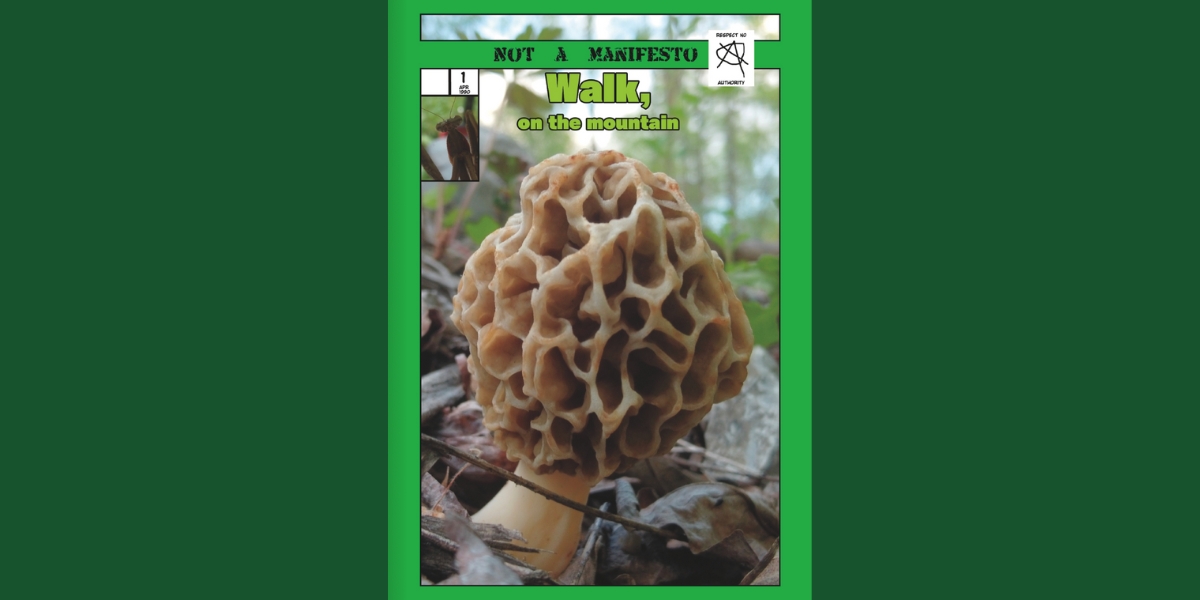By Cindy Ellis
When I was newly retired from teaching in public schools in West Virginia, I cast around for quite a while to find a pursuit for the energy that I still had. It was my extreme good fortune to be recruited to volunteer with the West Virginia Highlands Conservancy.
A birding friend recommended me, and I had some vague notion that there might be concentration on the conservation concerns known to those of us who wanted to protect habitat for birds, and everything connected to them. Although I grew up in the Mountain State, I did not know much about coal mining and its threats. I found that some of the other volunteers on the board of the Highlands Conservancy in the 90’s and early 2000’s were passionate about dangers to all the mountains in our state, including those in the areas of coal extraction.
Through them I visited some of those areas, met some of the heroes of resistance to the destruction of our mountains, and, in time, did my own small part in assisting with tours of a mountaintop removal site.
Someone I met was Junior Walk. Junior walks the walk and talks the talk. He is the real deal.
He grew up loving the hills around him, and with evolving feelings toward the coal companies that held sway in his part of southern West Virginia. His boyhood and youth might have been taken from pages of a novel…maybe Ann Pancake’s “Strange as This Weather Has Been.” Life was not like in “Leave It to Beaver” or “The Andy Griffith Show,” or, more to his time, “The Wonder Years” or even “Roseanne.” But Junior had a few mentors and a friend or two, and he persevered.
His recently published book, “Walk, on the Mountain; Not a Manifesto,” is frank about the challenges he faced. It details how he came to his own good fortune of meeting coal activist Judy Bonds and eventually finding purpose and comradeship with the Coal River Mountain Watch. Now in his 30s, he pays much tribute to those who helped him, particularly to Judy and Larry Gibson, and he misses them very much.
In younger years, Junior was drawn to comic books, video games, and art. That’s evident in his book. It is basically a beautiful and horrible picture book, with a graphic novel type text. It is horrible due to the scenes of the defilement of the mountains. And his writing sings, as if a reader could be listening to Junior talk and tell his story. One example:
“If you’re ever out walking through the woods on a good and warm day and out of nowhere you smell the strong scent of cucumbers, get the hell out of there. That means there’s a copperhead nearby, and they are terribly venomous.
Likewise, if you’re ever in a city and you see a group of men dressed in sharp, new suits walking into a building, chances are they’re about to do more harm than any meager serpent.”
When I read that passage in the book, I remembered my reaction to the tassel-loafer shod lobbyists at the West Virginia legislature and I leaped up to write this review.
Another quote:
“Tulip Poplars being the tree we would always look for to do a tree sit. As they grow the tallest in the woods here.”
Despite the lyricism, and the manner in which the book gripped me, “Walk on the mountain” may not be for everyone. That’s ok. He says things that need to be said. He honors some who need to be remembered. And Junior Walk has found some measure of peace…for himself and for the efforts he is determined to carry on.
“Walk, on the Mountain” is available from the printing platform Mixam.

